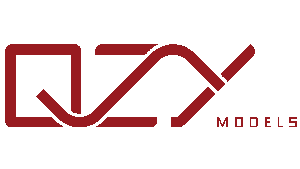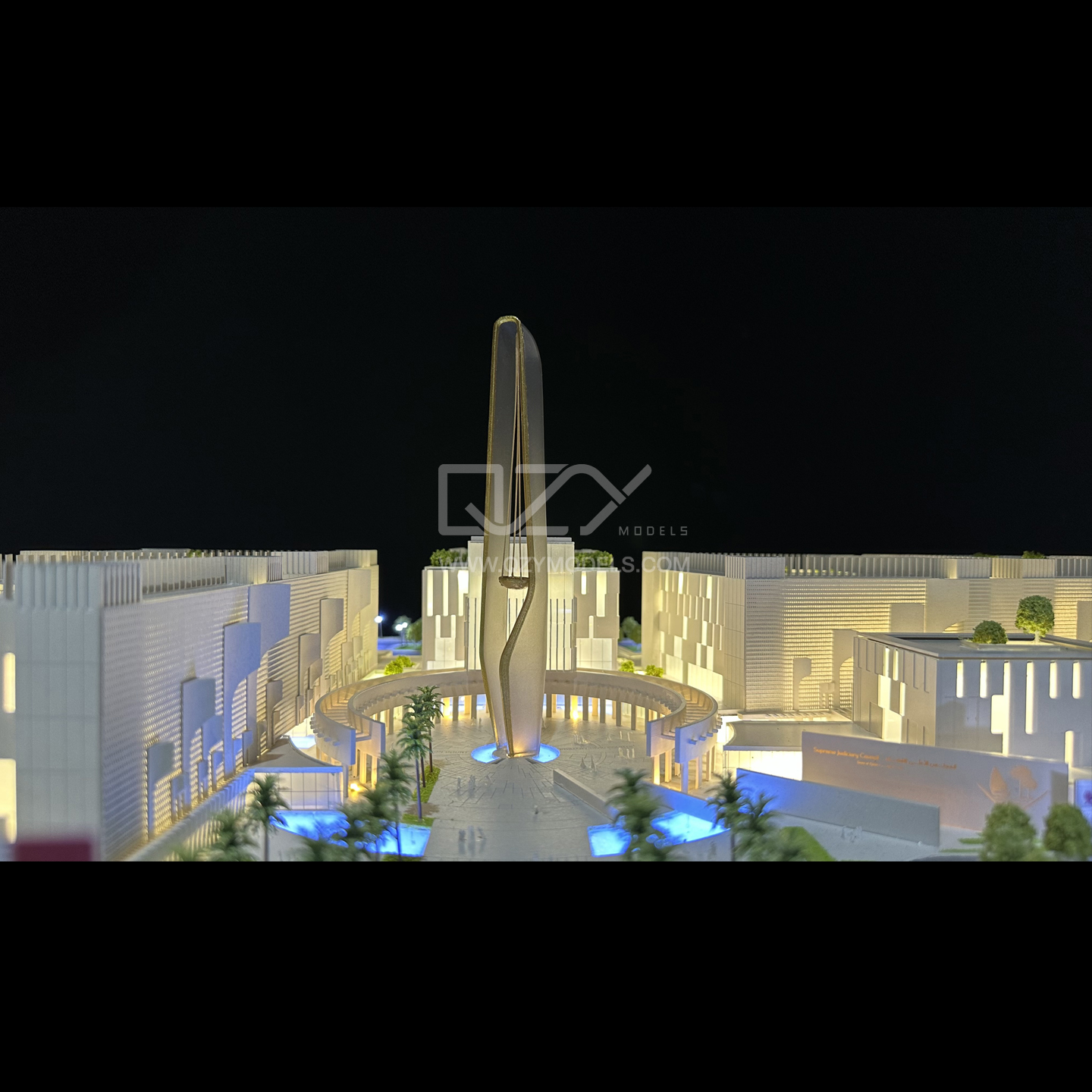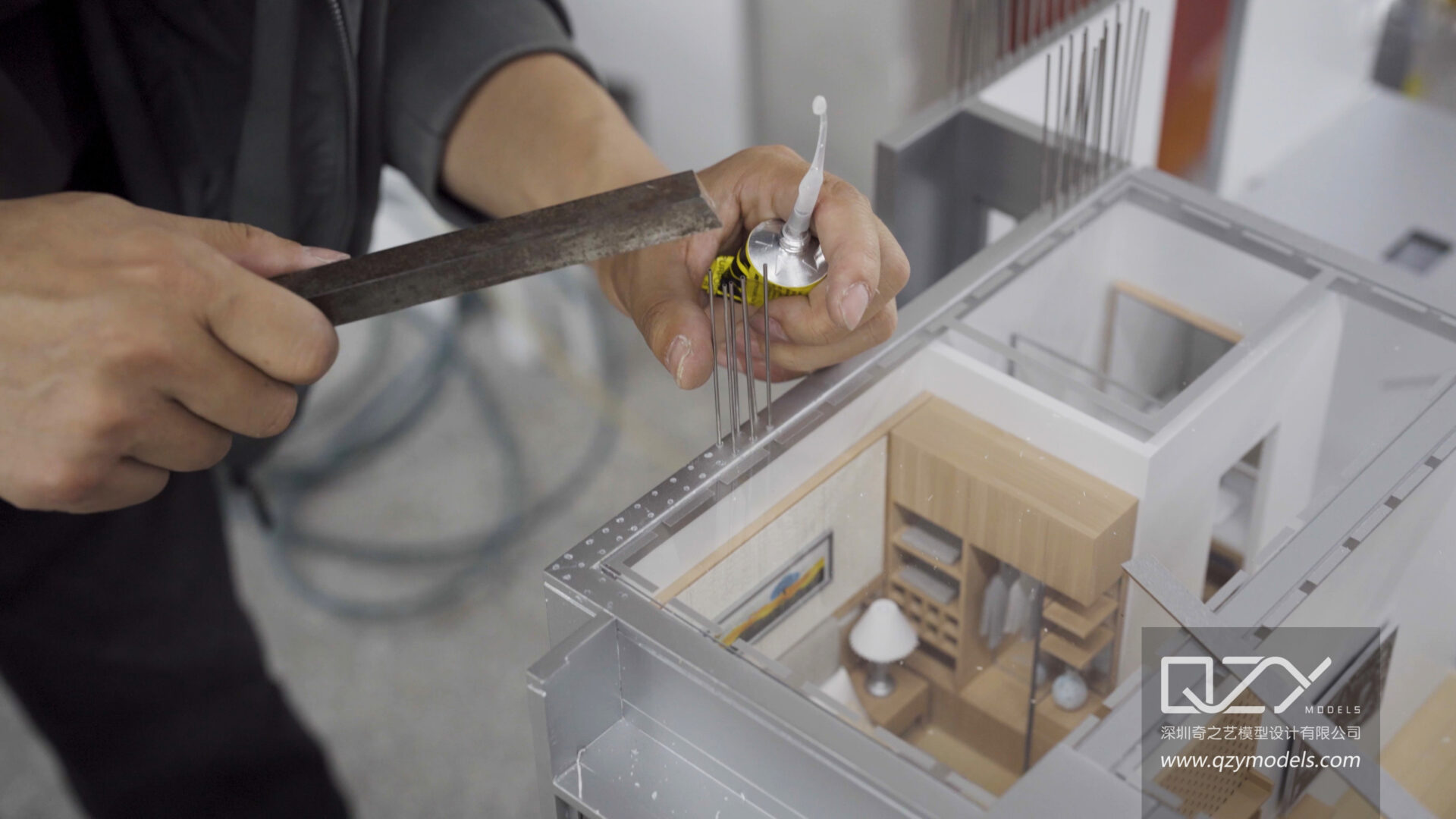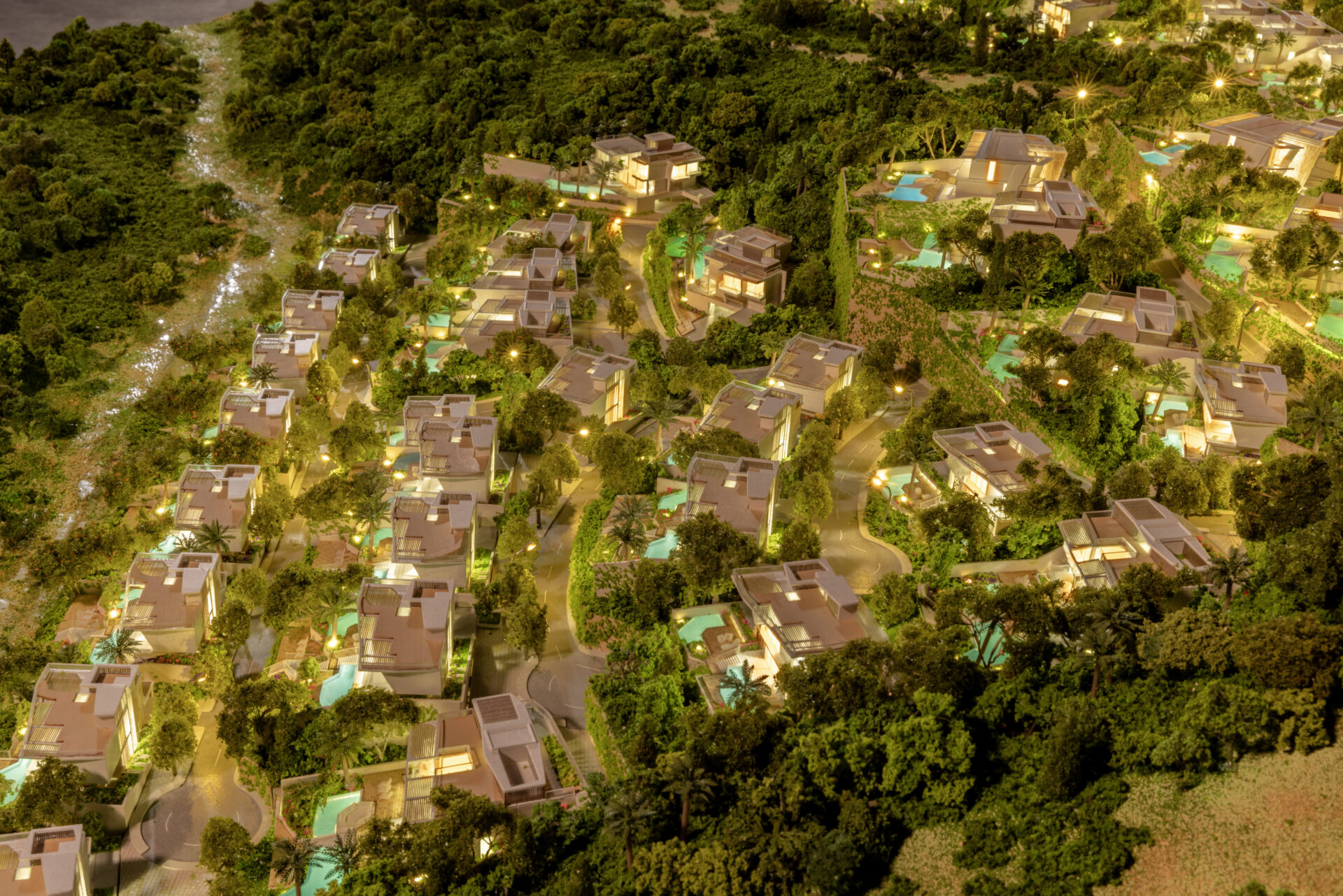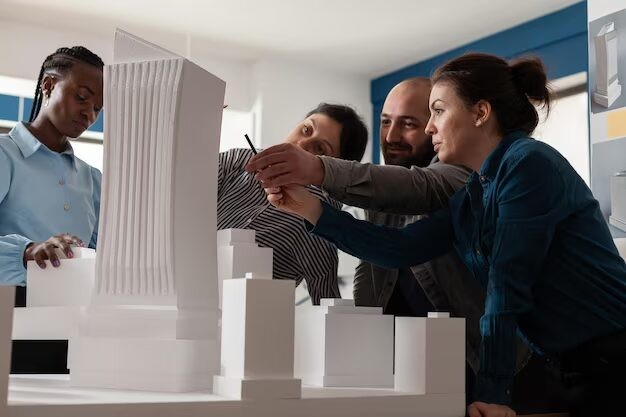Foundations of Real Estate Marketing: Timeless Tactics That Still Work
Some strategies never go out of style. These foundational tactics have been the backbone of real estate marketing for decades, and in 2025, they remain powerful ways to connect with clients and generate leads. Here’s how to make them work for you.
Leveraging Open Houses for Lead Generation
Open houses aren’t just a chance to promote a property but a lead generation goldmine. In 2025, the secret is pairing in-person appeal with virtual convenience. Host hybrid events where buyers can attend in person or come via Zoom, catering to local and out-of-town prospects alike. Take it to the next level with themed open houses—e.g., “Eco-Friendly Living Day” for green homes, with solar panel demos and organic snacks.
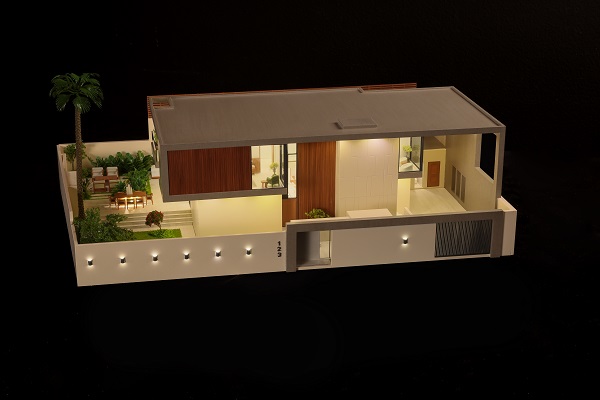
For an extra edge, display a physical architectural model of the property (like those produced by QZY Models). These three-dimensional scale copies enable buyers to envision layouts and finishes in a way that photos can’t match. Agent Sarah X of Austin, Texas, doubled her leads in 2024 by showcasing a custom model at a “Spring Sustainability” open house—buyers lingered longer, asked more questions, and signed up for follow-ups. Try it out: Set up a presentation in the foyer with a sign-up list nearby, and watch your contact list grow.
For an extra edge, display custom scale models of the property, like those from Architectural Model Makers at QZY Models, to wow buyers.
Building a Referral Network with Past Clients
Referrals continue to be a real estate powerhouse—NAR says 41% of 2024 buyers were referred by word-of-mouth. Make happy clients your champions with personal touches. Send a handwritten thank-you note after closing with a small gift, such as a branded keychain or gift card to a local coffee shop. Provide referral incentives as well—a $100 gift card for each successful lead keeps your name top-of-mind.
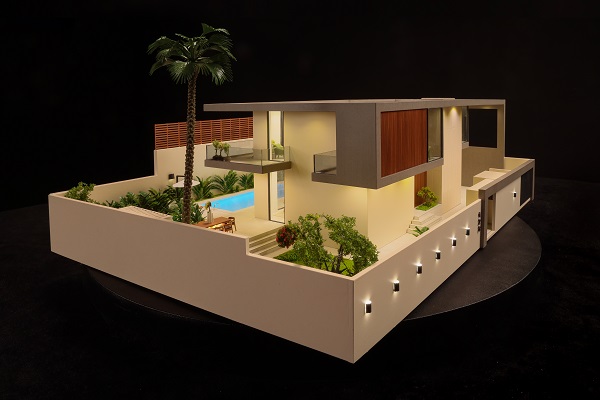
Build this network intentionally: Use a CRM to track past clients and send quarterly “market update” emails. One Seattle agent saw a 15% increase in referrals in 2024 by simply following up with a friendly, “How’s the new home treating you?” It’s low effort, high reward.
Mastering Local Sponsorships and Community Events
Nothing builds trust like being a neighborhood staple. Sponsor a local Little League team—your logo on their jerseys is less than $500 annually and is viewed by hundreds of families. Or host a community function, like a park cleanup or holiday toy drive, to illustrate your commitment. Agent Y in Denver boosted leads by 20% after she hosted a charity 5K in 2024—participants remembered her branded water bottles and listed with her first when selling their homes.
Pro tip: Partner with local businesses (e.g., a bakery for treats) to reach further. These grassroots efforts cement your reputation as the Realtor of choice in 2025.
Digital Domination: Advanced Online Marketing Strategies
In 2025, the digital landscape is where real estate battles are won. With buyers starting 51% of their home searches online (NAR, 2024), your digital presence must be sharp, strategic, and conversion-focused. These advanced online marketing strategies will help you capture leads, close deals, and outshine the competition.
Optimizing Your Real Estate Website for Conversions
Your website is your virtual storefront—make it irresistible. In 2025, mobile-first design is not a choice, with 70% of real estate searches on mobile devices (Google, 2024). Optimize for fast load times—less than 3 seconds using tools like Google PageSpeed Insights, as every second of delay decreases conversions by 7%. Include an IDX (Internet Data Exchange) system to display live MLS listings, keeping visitors on your site longer.
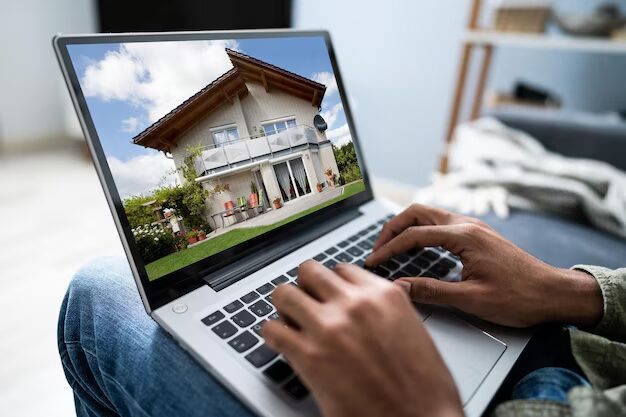
Step it up: Add a gallery of actual physical architectural models (e.g., from QZY Models) of past projects or listings. Those premium pictures of scale models—like that high-end condo with impeccable finishing touches—separate you from agents who stick to pictures. Miami developer Jane K added a model gallery to her site in 2024, boosting time-on-page by 25% and netting three pre-construction sales. Integrate the gallery into a “Request a Custom Model” page in order to acquire high-intent leads.
Take it further: Add a gallery of architectural modeling services from QZY Models, showcasing past projects or listings in stunning detail.
Winning with SEO: Hyper-Local and Long-Tail Keywords
Search engine optimization (SEO) is your ticket to being found in 2025. Opt for hyper-local terms like “luxury condos in [city] 2025” or “best Realtor in [neighborhood]” to dominate your market. Long-tail terms—exact strings like “3-bedroom houses for sale in area of [school district]”—rank better because they match buyer intent. Keep an eye on Google Trends to see emerging local terms; e.g., “sustainable houses [city]” surged 40% in early 2025 queries.
Optimize every page: Write meta descriptions as calls-to-action (e.g., “Find your dream home in [city] today!”) and place keywords organically throughout headings and body copy. Agent Mike T in Portland ranked #1 for “Portland lofts 2025” after optimizing long-tail terms, driving 30% more organic traffic in six months. Consistency wins—start now.
Paid Ads That Pay Off: Google Ads and Social Media
Paid advertising gives you instant visibility. Google Ads with retargeting campaigns—showing ads to your site visitors—remind them of you. Produce geo-fenced ads close to open houses so you can target nearby buyers; a 5-mile radius can get 50% more RSVPs. On social media platforms like Facebook and Instagram, carousel ads with property features (e.g., “Swipe to view the rooftop deck!”) drive engagement. The numbers prove it: Google Ads generated $8 for every $1 spent in 2024 (WordStream).
Try this: Launch a $50 Instagram ad featuring a physical model of a listing, with a caption like “View this home in 3D before it’s built!” One Dallas agent achieved a 15% increase in click-through rates using this tactic in 2024. Budget wisely, track results, and expand what works.
Email Marketing: Nurturing Leads Like a Pro
Email remains a lead-nurturing powerhouse in 2025. Initiate drip campaigns—automatic series like “5 Steps to Buying Your First Home”—to educate and win over prospects’ trust. Send quarterly or seasonal market updates (e.g., “Spring 2025: [City] Housing Trends”) to stay top of mind. Mailchimp offers free plans for small lists, and HubSpot’s advanced segmentation is a nice match for growing teams.
Make it personal: Address recipients by name and tailor content according to their status (buyer, seller, investor). Agent Lisa R in Chicago turned 10% of her cold leads into clients in 2024 with a 6-email drip campaign ending with an offer of a free consultation. Keep subject lines short—”Your [City] Market Update Is Here!”—and open rates will soar.
Next-Level Content and Social Media Marketing
Content is king in 2025, and social media is its megaphone. With buyers craving immersive, authentic experiences, these strategies elevate your real estate marketing from basic to brilliant. Whether it’s a viral video or a physical model that wows, here’s how to captivate your audience.
Video Marketing: From Neighborhood Tours to TikTok Trends
Video is a 2025 requirement—NAR discovers 73% of consumers are more inclined to hire agents utilizing it (2024). Create 3D home tours using software like Matterport so prospects can walk virtually through every corner. On Instagram Reels and TikTok, short “Day in the Life” vignettes like “A Morning in [Neighborhood]” showcase lifestyle attraction in 15 seconds. Don’t overlook client reviews; a 30-second video of a happy homeowner saying, “This kitchen sold me!” establishes trust at lightning speed.

Agent Emily H in San Diego posted a Reels series of neighborhood tours in 2024 and gained 5,000 followers and 12 listing requests in one month. Pro tip: Edit videos to 60 seconds or less, use closed captions for accessibility, and add trending audio to boost reach.
Storytelling in Listings: Emotional Appeal That Sells
Dry listings don’t sell—stories do. Emphasize distinctive features with emotional hooks: “Wake up to sunset vistas from this master suite” beats “a 3-bedroom house.” Paint a picture of living in the home—cite the backyard perfect for summer barbecues or the quiet street ideal for working from home. In 2024, a Seattle broker sold a fixer-upper 15% above asking by calling it “a canvas for your dream home,” accompanied by before-and-after sketches.
Create each listing as a mini-novel: Who is the hero (the buyer)? What is the setting (the property)? What is the happily-ever-after (their new life)? Buyers will bid faster when they feel the connection.
Partnering with Influencers and Micro-Influencers
Influencers aren’t just for fashion—real estate wins big here in 2025. Partner with local lifestyle bloggers to showcase your listings; a post like “Exploring [City]’s Hidden Gems” featuring your property can reach thousands. Micro-influencers (1,000-10,000 followers) often have tighter-knit audiences—think an eco-advocate touting your sustainable listing. Agent Z in Austin collaborated with a green-living Instagrammer in 2024, driving a 30% lead spike from one post.
Start small: Offer a free tour or a $50 gift card for a mention. Track link clicks with UTM codes to measure success. It’s an affordable buzz with a big payoff.
Content Automation with AI Tools
Time is money, and AI saves both. Use Jasper to draft blog posts like “Top 10 Homes Under $500K in [City]” in minutes, then tweak for your voice. Canva’s AI features churn out branded graphics—think open house flyers or Instagram Stories—in half the time. In 2025, agents using automation report saving 10+ hours weekly, freeing them to focus on clients.
Test this: Schedule a month of social posts with AI-generated captions and visuals. Agent Tom L in Raleigh cut prep time by 60% in 2024, doubling his online engagement. Efficiency meets impact—perfect for busy Realtors.
Using Physical Architectural Models to Market Properties
Physical architectural models are a game-changer in real estate marketing for 2025. Commission a detailed scale replica from a service like QZY Models to showcase properties—especially pre-construction or luxury listings—in a way digital can’t touch. Display these at open houses, trade shows, or client meetings to let buyers hold the vision in their hands. Features like removable roofs or lit interiors (QZY’s specialty) reveal exciting design details.
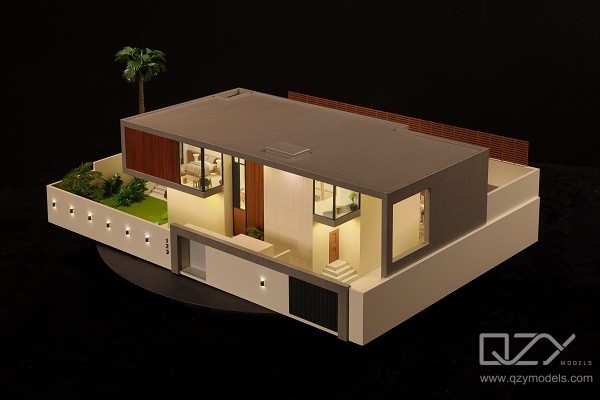
Developer B in Denver sold 75% of a condo project pre-construction in 2024 by unveiling a QZY-crafted model at a launch event—buyers lined up to reserve units. This strategy bridges imagination and reality, boosting confidence and sales. Order a custom model for your next big listing and watch it steal the show.
Emerging Trends and Technologies in Real Estate Marketing
The future of real estate marketing is here, and it’s packed with tech-driven opportunities. In 2025, agents and developers who embrace these emerging trends—virtual reality, AI, sustainability, and blockchain—gain a competitive edge. These strategies aren’t just flashy; they’re reshaping how properties are sold. Here’s how to stay ahead of the curve.
Virtual Reality and Augmented Reality Tours
Virtual reality (VR) and augmented reality (AR) are changing property tours in 2025. Websites like Matterport enable buyers to “walk” through properties via VR headsets, seeing every detail from anywhere in the world. AR overlays add interactive layers—tap a kitchen counter on your phone to see appliance specs or furniture recommendations. Projections say 25% of luxury listings will have VR by the end of the year (Real Estate Tech Report, 2025), and it’s no wonder—out-of-town buyers love the immersive experience.

Agent Carla M from Los Angeles gave VR tours for a $2M listing in 2024 and closed it with a foreign buyer who never came to the U.S. Start with a $99 Matterport plan, shoot a tour, and incorporate it on your site. It’s the next best thing to being there.
AI-Powered Lead Generation and Chatbots
Artificial intelligence (AI) is your 24/7 marketing friend in 2025. Chatbots like Chatfuel answer questions instantly—”What’s the square footage?”—freeing you to focus on closings. Predictive analytics, powered by tools like Inside Real Estate, identify hot leads by monitoring behavior (e.g., return site visits). A 2024 study found AI chatbots boosted response rates by 40% (TechCrunch), turning casual browsers into serious buyers.
Deploy a chatbot within an hour: Place it on your site with a “How can I help you today?” greeting. Agent Raj P in Toronto cut response time from 24 hours to 2 minutes in 2024 and scheduled 15% more appointments. AI doesn’t sleep—your leads shouldn’t wait.
Sustainability Marketing: Appealing to Eco-Conscious Buyers
Green is gold in 2025. With 60% of millennials prioritizing sustainability when buying a home (2025 Zillow Survey), marketing eco-friendly features is a must. Highlight energy-saving upgrades—solar panels, smart thermostats, or LEED certification—in your listings. Partner with green brands (e.g., a solar installer) on co-branded events or giveaways, like a “Sustainable Living Open House.”
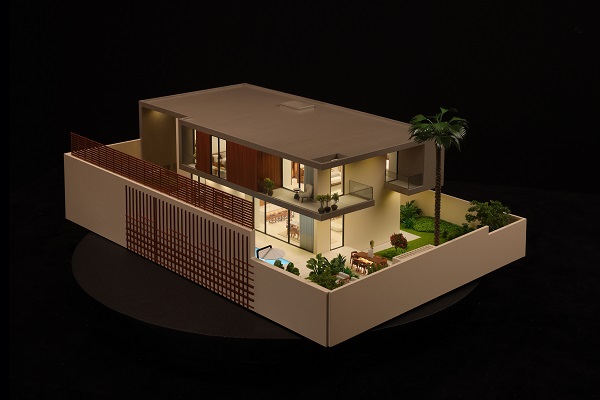
Agent Olivia S in Boulder sold a net-zero home in 2024 by marketing its $200 monthly utility savings, which generated 20% more showings than her average listing. Tip: Add a “Green Living” filter to your website’s search feature—buyers will flock to it.
Blockchain for Transparent Transactions
Blockchain isn’t just for crypto—it’s changing real estate marketing in 2025. Sell “blockchain-verified” properties to ensure transparency; smart contracts on platforms like Ethereum record every step, from offer to close, reducing fraud issues. Early adopters project that 10% of luxury markets will be using blockchain by year’s end (Forbes, 2025). It’s a trust builder for luxury buyers and investors.
Developer Greg T in New York sold a $5M penthouse in 2024 with blockchain-backed documents, completing 30% faster than his non-blockchain deals. Sell it: “Buy with confidence—every detail verified.” It’s a niche now, but it is growing fast.
Measuring Success: Analytics, ROI, and Compliance
Great marketing is only as good as its results. In 2025, tracking performance, maximizing return on investment (ROI), and staying compliant are non-negotiable for real estate pros. These strategies ensure your efforts pay off—financially, legally, and strategically. Let’s break it down.
Tracking ROI on Marketing Campaigns
You can’t repair what you can’t quantify. Track site traffic with Google Analytics—see which pages (e.g., listings, blog posts) yield the most leads. Dashboard tools like Zoho or Salesforce show campaign-specific metrics: How many open house sign-ups resulted in offers? Calculate ROI with a simple formula: ROI = (Revenue – Cost) / Cost x 100. A $500 ad campaign that brought in $5,000 in commissions? That’s a 900% return.

Agent Kim D of Atlanta monitored her 2024 Facebook ads the following way: trimming losers and investing more in winners—her earnings increased 25%. Test small: Pilot a $100 budget, track conversions, and increase. Data is your compass.
Using CRM Tools to Streamline Efforts
Customer Relationship Management (CRM) software is your 2025 secret weapon. Lead scoring tools sort prospects by activity (e.g., email opens, visits to your website), so you focus on the hottest leads. Automated follow-ups—”Just checking in on your home search!”—keep leads warm without having to lift a finger. Top picks? Zoho CRM is budget-friendly ($14/month), while Salesforce scales with teams ($25+/month).
Agent Juan R in Miami cut his admin time by 30% in 2024 with Zoho’s automation and closed 10 more deals. Pick a CRM, import contacts, and create a basic workflow this week—it’s a complete game-changer.
Staying Compliant with Advertising Laws
Marketing missteps can cost you. The Fair Housing Act bans discriminatory ads—no targeting “families only” or excluding protected groups. If you’re reaching global clients, GDPR (Europe’s data law) requires opt-in consent for emails. CAN-SPAM Act in the U.S. mandates unsubscribe links and clear sender info. In 2024, a Chicago agent faced a $10,000 fine for a non-compliant email blast—don’t be that person.

Stay alive: Add disclaimers (e.g., “Equal Housing Opportunity”) to listings and “Unsubscribe” footers to emails. Automate compliance with software like Mailchimp. Not sexy, but it keeps you alive.
Niche Marketing: Luxury, Rentals, and Global Markets
One-size-fits-all marketing is yesterday’s news; niching is where it’s at for 2025. For upscale clients, emphasize exclusivity: Private champagne and designer swag viewings. Rentals? Young professionals with “Move-In Ready” social media ads. International markets demand a tailored approach—Agent Wei L in Miami sold to Chinese buyers in 2024 by offering Mandarin-speaking tours and WeChat campaigns and harvesting $3M worth of deals.
Find your niche: Ask current clients to see what is trending (e.g., 40% investor?), and then build campaigns from them. Specificity creates loyalty and listings.
Conclusion: Building Your 2025 Real Estate Marketing Plan
You’re now armed with 50 proven real estate marketing strategies for 2025—from open houses and SEO to physical models (like those from QZY Models, VR tours, and niche targeting. Start with three this week: host an open house, run a small ad, or set up a CRM. Scale up monthly to dominate your market. Download our free guide for year-round ideas. Ready to win in 2025? Get started today!
FAQs
1. What is real estate marketing?
Real estate marketing promotes properties and services to attract clients. In 2025, it blends open houses, digital ads, and physical models from QZY Models. With 51% of buyers online (NAR 2024), it’s about visibility and trust to drive sales.
2. What type of marketing is best for real estate?
A hybrid approach rules 2025 real estate marketing. Digital, like SEO and video (73% more listings, NAR 2024), pairs with open houses and models. Niche targeting boosts results—adapt to your audience for the win.
3. What are the 4Ps of marketing in real estate?
The 4Ps are Product (property), Price (value), Place (location/platform), and Promotion (ads, models). In 2025, QZY Models’ physical replicas will enhance promotion, syncing with tech trends like VR for success.
4. What is the best platform for real estate advertising?
Instagram leads 2025 real estate advertising with visuals—Reels and model showcases rock it. Google Ads offers $8 ROI per $1 (WordStream 2024). Both beat others in reach and clicks.
5. What is the biggest real estate platform?
Zillow will be the biggest in 2025, with 200M+ users (Zillow 2024). It’s key for listings, not ads, shaping real estate marketing. Agents optimize profiles there to snag leads.
